50 Years History Of The Massey Ferguson
Massey Ferguson
In 2008 the Massey Ferguson Company celebrates 50-years of being a major agricultural equipment manufacturer. The company was formed in August 1953 when Massey Harris and Harry Ferguson merged to form Massey-Harris-Ferguson Tractor Company. However, after a series of financial difficulties the company was downsized and broken up before what remained of the originally company disappeared in the 1990s. Today the company exists only as a brand name used by AGCO, but the agricultural machinery name still remains a globally major seller.

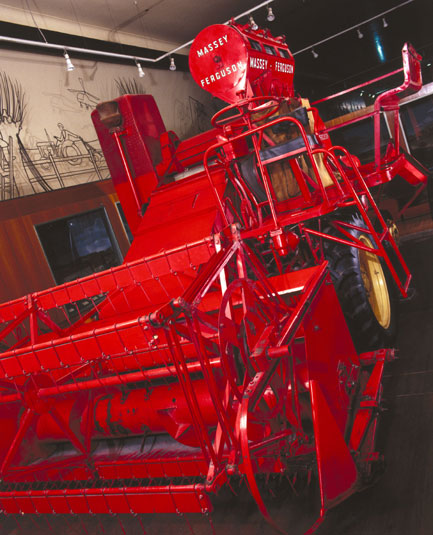

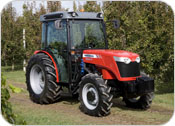
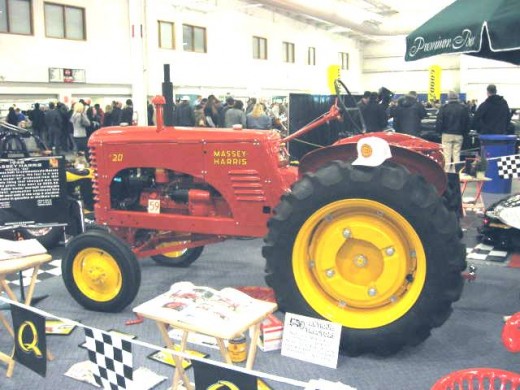
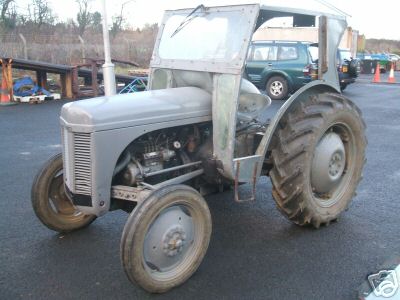
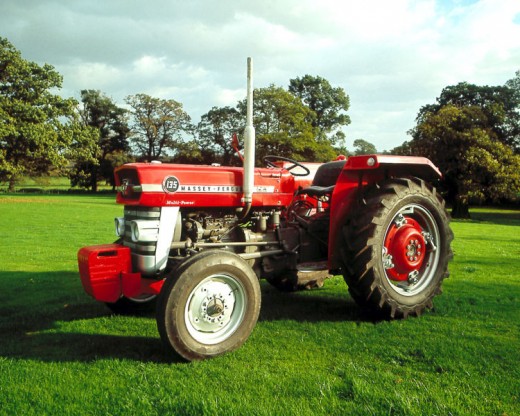
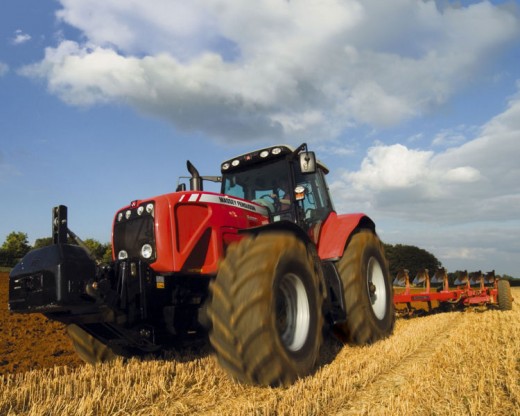
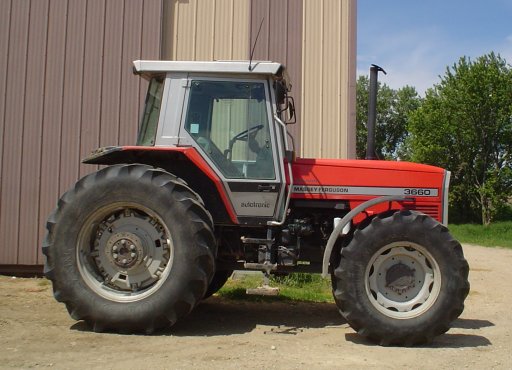
History of Massey Ferguson
Daniel Massey founded the Newcastle Foundry and Machine Manufactory in Newcastle, Ontario, Canada in 1847. Shortly afterwards the company started to manufacturer some of the world's first mechanical threshers; firstly by assembling parts from the United States and eventually designing and building their own farming equipment. Newcastle Foundry and Machine Manufactory was taken over by and expanded by Hart Almerrin Massey, whom renamed the company Massey Manufacturing Company and moved the company to Toronto, Canada in 1879 where it soon became one of the city's leading employers. The massive collections of factories on King Street West became one of the best-known features in Toronto. Massey expanded the company and started to sell its products internationally. Through doing extensive advertising campaigns Hart soon made the company one of the most well known brands and companies in Canada. Massey Manufacturing Company owes much of its success to the Canadian tariffs that existed at the time, which did not allow any United States firm to compete in Canada. Not only did the competitive market help the firm but also the shortage of labour throughout the country helped make the firm's farming mechanized equipment very attractive to farmers.
Massey merged with A. Harris, Son & Co. Ltd in 1891 to become known as Massey-Harris co and this merger made the company one of the largest agricultural equipment manufacturers in the British Empire. Massey-Harris Co opened up a factory in the United States in 1910, therefore becoming the first Canadian multinational firms. During the 1930s, the company produced and manufactured the first self-propelled Combine Harvester. Massey-Harris also produced the world's first four-wheel drive tractor. Charles, Chester, Fred and Walter, Hart Massey's siblings became closely involved in the business and eventually took over the running of it. However, Hart Massey's siblings were the last of the Massey generation to run the company.
In august 1953 Massey Harris merged with Ferguson Tractor Company owned by Harry Ferguson to form Massey-Harris-Ferguson in recognition of the three principal founders, by 1958 this was shortened to Massey-Ferguson, using the Triple-Triangle Emblem that had been introduced the previous year.
After the Massey-Harris-Ferguson merge Harry Ferguson's immensely popular TE-20 tractor, also known as the Little Grey Fergie continued to break production records at the Banner Lane plant, they produced at the peak of production over 100,000 per annum. The Ferguson FE-35 model with replaced the TE-20 with improved hydraulic system that gave the farmer more accuracy and control; the product was launched in 1956. The Ferguson FE-35 model had a new feature on its hydraulic system was a position control facility for holding other equipment such as a mounted mower at the correct working height.
During the 1950s diesel power was rapidly replacing the spark ignition engine that tractors had, especially in Europe. This was reflected in the sales of the FE-35 tractor, with it's red-grey painted Massey-Ferguson 35 that replaced it, and with the diesel power it was easily a very popular choice. The Massey-Ferguson 65 model that went at 50.5hp was introduced towards the latter part of 1958 was part of the new diesel tractor generation, as this model was built in the UK and was amongst the first tractors that offered a diesel engine. Perkins made the engine for the Massey-Ferguson 65 tractor; Perkins led the way in developing modern high-speed diesel engines for tractors. In order to secure their future as tractor engine suppliers Massey-Ferguson bought into Perkins in 1959 and the company remained the strongest supplier of diesel engines to Massey-Ferguson tractor's fleet for over 40 years. Nowadays, Perkins does still supply tractor engines for the majority of Massey-Ferguson models bit SisiDiesel, which is also part of the AGCO Corporation, which is a major engine supplier.
In addition to being the leading developer with tractor engines; Massey-Ferguson also had a major breakthrough in tractor transmissions when in 1962 the company introduced the multi-power gearbox. It was the first gearbox in the tractor industry to offer the ‘shift on the move' facility; operated by the driver not having to reach for their clutch pedal, but with fingertip control. For the first time in history the driver of the tractor was able to select high or low ranges in each gear simply by operating a switch on their dashboard.
At the Smithfield show in 1964 the company launched a three-model range in tractors, called the ‘Red Giants'. This range featured the MF 315, MF165 and the all-new MF175 tractor. These three tractors scored Massey-Ferguson major international success. Six years later in 1970 there was good new for the drivers of the tractors, the cab comfort was moved up the priority list. Although the company in their 1969 MF178 tractor had included a suspension seat as being standard equipment there big MF1200 and MF1250 tractors took the drivers comfort and convenience another step forward by giving them more generous interior space and a significant reduction in noise levels.
In 1971 the tractors popularity was extended with additions of high spec versions of each model. The new additions were the MF148, MF168 and MF188 models, all had an extended wheelbase, which gave the driver more space and improved the performance with mounted equipment. Now 45 years later the ‘Red Giants' with their distinctive styling and rugged reliability are considered by many tractor enthusiasts to be the most desirable classic amongst the 1960s era.
When Massey-Ferguson launched the MF500 tractor series they set new standards. The first tractor in the MF500 series was the 88hp MF595, which was launched in 1974 and by 1976 the series had the 47hp, 60hp and 75hp models. The engineers of the MF500 series tractors had been given a brief to rewrite the book on the driver's comfort and they responded by designing a new fully integrated cab attached to vibration reducing mounts that also reduced the noise levels. All of the controls except for the gear levers were operated through remote linkages to help cut the noise and the equipment list included high capacity heating and ventilation system.
In 1978 the Massey-Ferguson pioneering spirit continued when they introduced what is thought to be by many one of the tractor industries significant developments. They launched the world's ever first tractor to have Electronic Linkage Control (ELC), it was first seen on their high powered MF1505 model, which was mainly built with the North American market in mind and featured articulated steering and four-wheel drive through equal diameter wheels. By 1985 the Electronic Linkage Control added new precision and convenience to the management and control-mounted equipment was extended to their MF2005 tractor series covering 110hp to 147hp.
In 1986 a new and comprehensive electronic information and control system was introduced on their 'intelligent' MF3000 tractor series in the 67hp to 147hp sector. This was available at two levels of technical sophistication known as Autotronic, the transmission, PTO and linkage management system, and Datatonic for collecting data and performance monitoring. This type of technology was significant to Massey-Ferguson innovation added a whole new dimension of efficiency and precision to power farming.
All of the mentioned electronic developments plus later additions such as the GPs links, which wsa another Massey-Ferguson innovation that added yield mapping facility to the Combine Harvester - pioneering the concept of percision farming. Electronic precision was also a feature in the development of the Dynashift Transmission, which was later found on the MF3000 series tractors. This transmission followed decades of developments after the multi-power's introduction of the shift-on-the-move technology along with the forward/reverse shuttle levers that had been developed during the 1980s.
with the introduction of the Dynashift transmission was a major step forward, over the following decades and transmission developments, that offered new levels of efficiency by reducing the percentage of energy absorbed by the previous powershifts. The Dynashift Transmission gave the driver of the tractor a clutchless, four-speed change-on-the-move facility linked to a synchro gearbox and a forward/reverse shuttle, giving the driver the choice of 32 speeds with up to 40km/hr maximum speed for travelling on the road.
in 1994 the Massey-Ferguson company made farming industry's biggest headlines; when the company announced that they had been acquired by the AGCO Corporation. the ability to be able to develop new tractors and farming machinery for the world's market in the 21st century demanded huge resources that only the biggest global companies could offer. A very good example of this is the fact that under AGCO the entire Massey-Ferguson tractor range that consisted if 12 ranges - covering power outputs from 19hp to 315hp - was completely renewed between 3003 and 2007.
This means that Massey-Ferguson ffers not only what is probably the most complete tractor range in the world to meet virtually every powered farming equipment; but it is a fully up-to-date range providing the most advanced performance and efficiency features as well as leading the standards of driver comfort and convenience in farming powered equipment in every sector.



